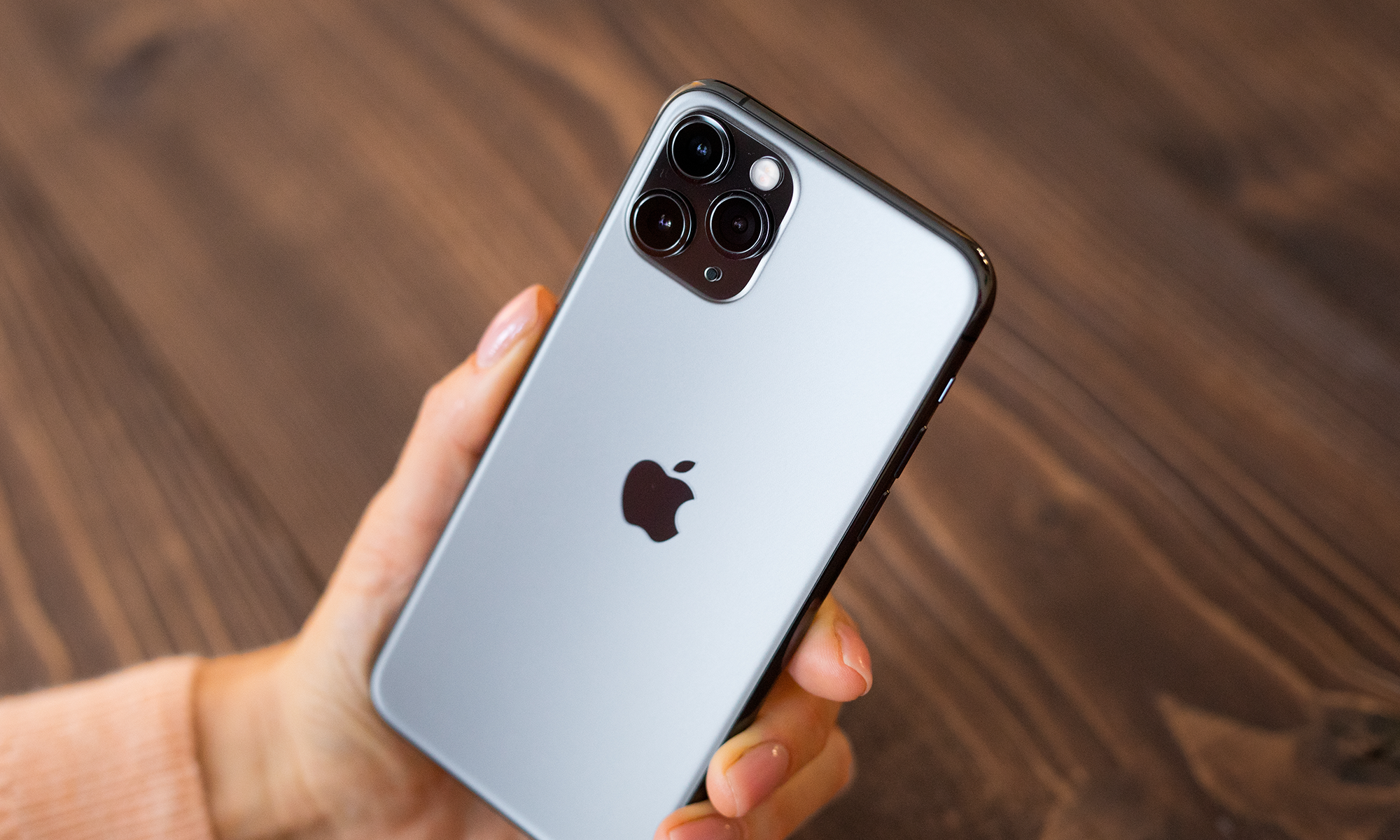The dynasty of credit card companies is coming to an end. So says CEO Michael Corbat of Citigroup Inc. (C +1.71%), the world's largest provider of credit cards. In an exclusive interview with The Australian Financial Review, Corbat said, "We know, at some point, cards are going to go away, and it's just going to be digital wallet, digital payments."
That type of pronouncement by an industry leader in credit cards confirms a trend that many had already recognized -- digital payments are the wave of the future, and the future is arriving more quickly than you might think. In a recent survey, 64% of consumers reported having made a mobile payment in the past 12 months, and the total transaction value of digital payments is forecast to top $738 billion this year.

More retailers accept Apple Pay than any other digital payment method. Image source: Apple.
The obvious conclusion
PayPal Holdings, Inc. (PYPL +0.62%) is an obvious beneficiary of this trend, but if you thought it was the leader in digital payments, as I did, you'd be mistaken.
PayPal has entered into a growing number of partnerships, in an attempt to become the universal choice for digital payments. About one-third of North American retailers currently accept PayPal, and that number is expected to rise to more than half within the next year Yet that still isn't enough to take the top spot.
New research from Boston Retail Partners reveals that 36% of North American retailers accept Apple Inc.'s (AAPL +0.17%) Apple Pay, more than any other payment system. Another 22% say they plan to accept the iPhone-maker's payment solution with the next 12 months.
 Data from Boston Retail Partners. Chart by Statista.
Data from Boston Retail Partners. Chart by Statista.
An old dog with new tricks
Apple launched Apple Pay in 2014, and at the time of its release, the payment service was already supported by Visa, Mastercard, and American Express, which account for 83% of the total credit card purchase volume in the United States.
The biggest drawback at the time was that more than 97% of the merchants in the U.S. didn't have terminals with near-field communication (NFC) technology, which enables Apple Pay, and would need to upgrade. The technology would have to hit a 20% penetration rate before it could achieve critical mass.
The future is here
In just three short years, the tide has turned.
In its third-quarter earnings conference call, Apple's chief financial officer, Luca Maestri, said, "Apple Pay is by far the No. 1 NFC payment service on mobile devices, with nearly 90% of all transactions globally." He also noted that momentum was even stronger in international markets and that 75% of Apple Pay transactions occurred outside the United States.
In the second-quarter conference call, Apple CEO Tim Cook was touting the success of Apple Pay, saying that transaction volume was up 450% over the previous 12 months. Cook has previously said the company planned to double revenue from services by the end of 2020, and it's no coincidence that revenue from Apple Pay is located in that segment. It's also interesting to note that in its most recent quarter, services revenue increased by 22% year over year, to $7.27 billion.
Apple also recently released a new feature, Apple Pay Cash, which will compete directly with PayPal's Venmo in the person-to-person payments arena.
Apple is nowhere near done
Apple Pay is still expanding internationally, recently adding four more countries to its ranks and bringing the total to 20. While the service was only launched three years ago, it has quickly vaulted to the top of an important and growing space.
We've seen this before: Apple may not be the first to a particular product or service -- but when it comes, it seeks to dominate. Looks as if payments will be no different.











